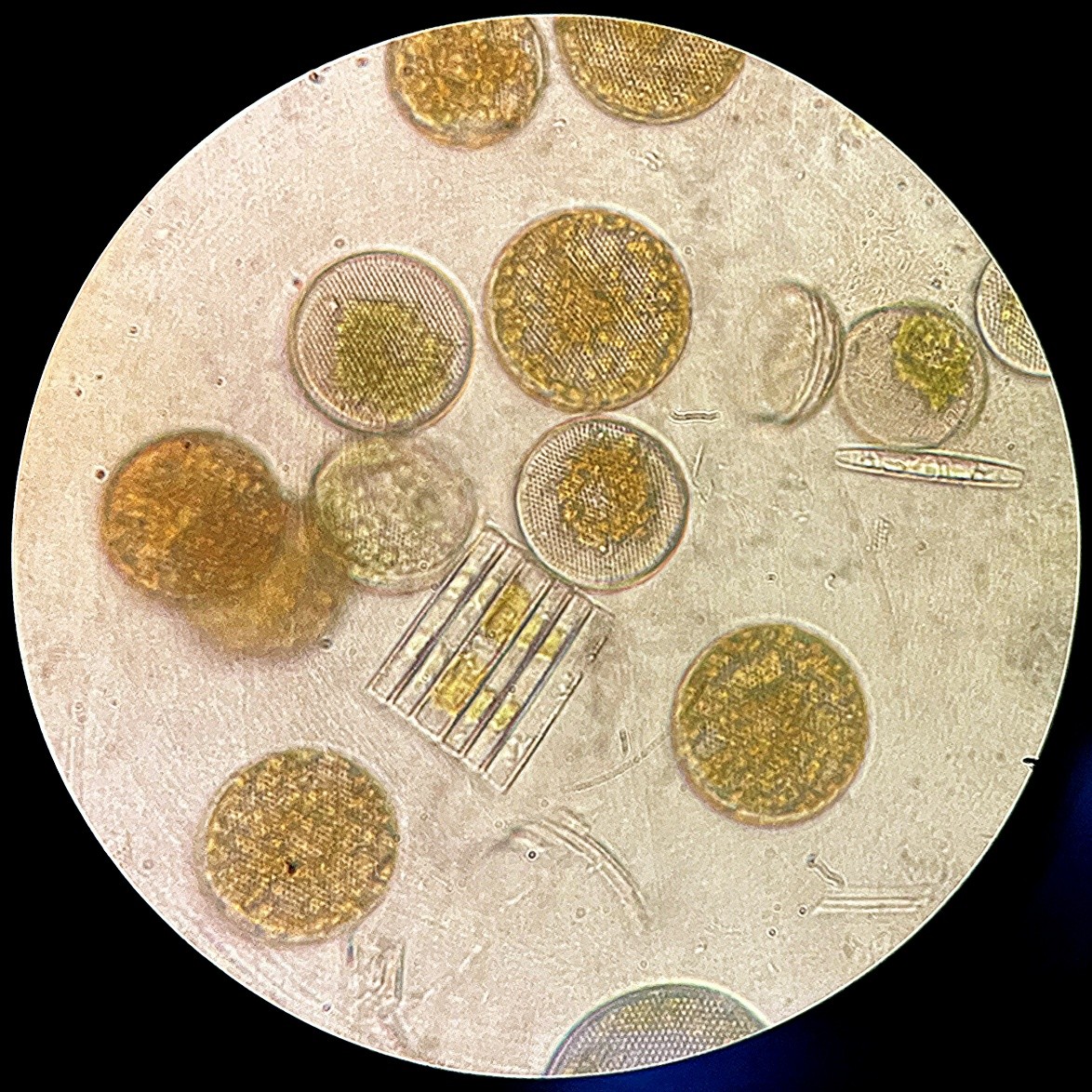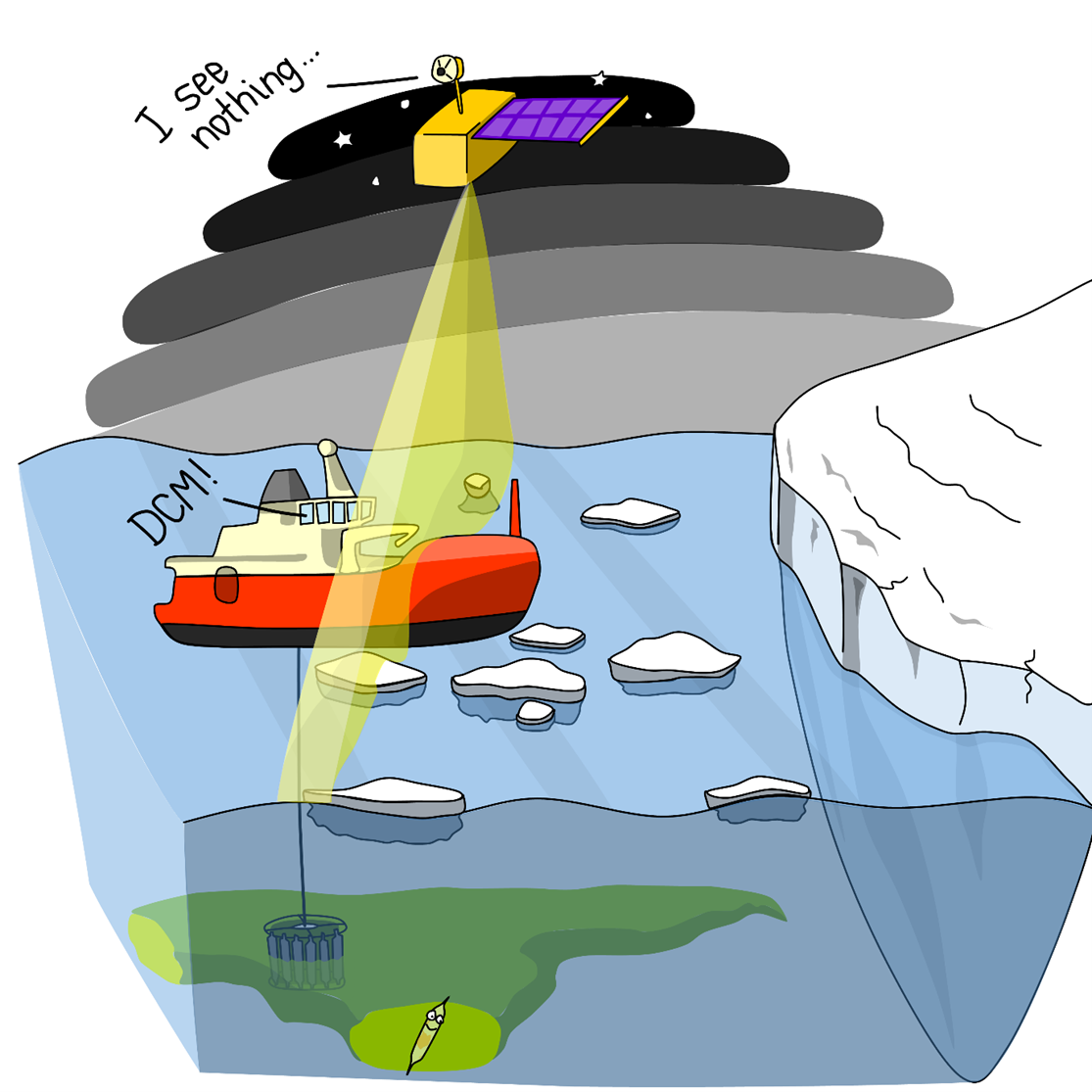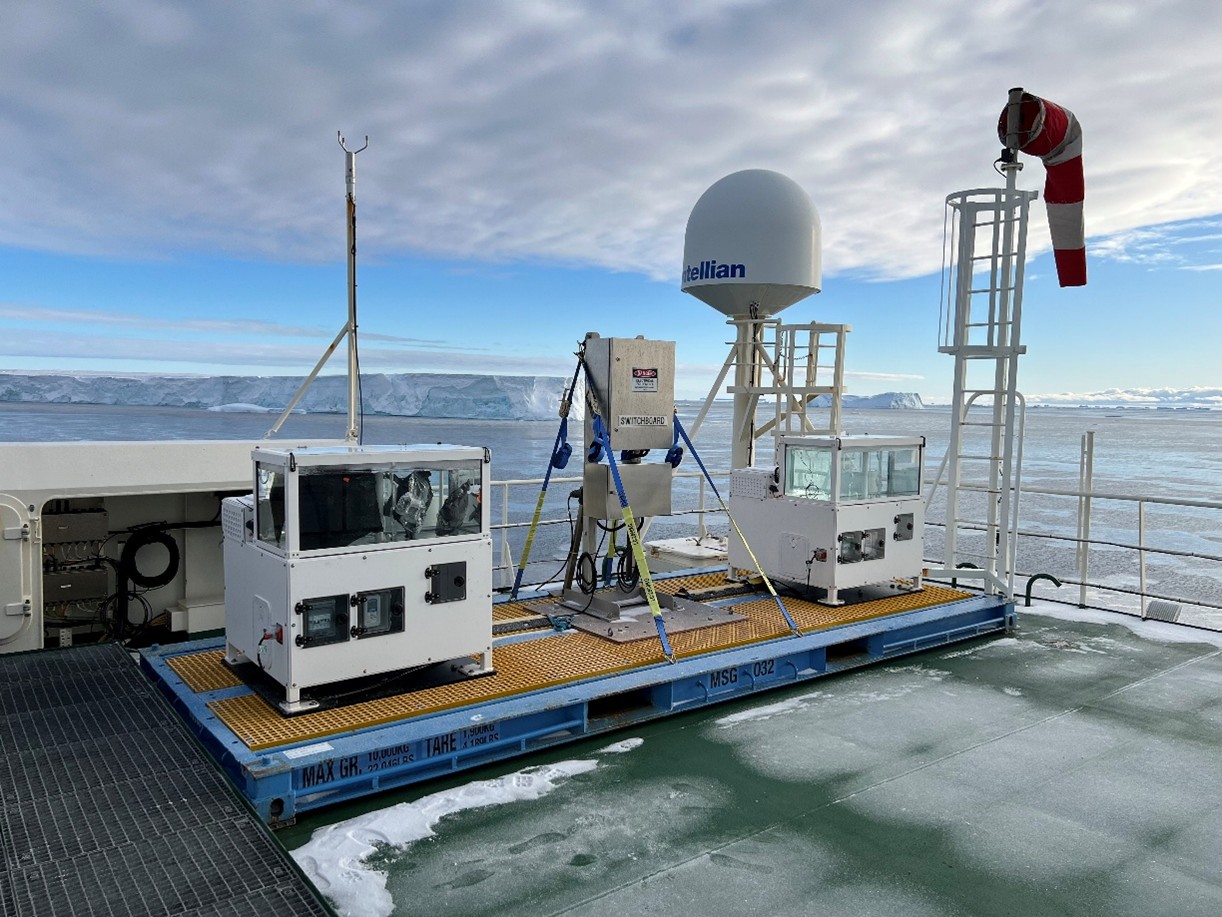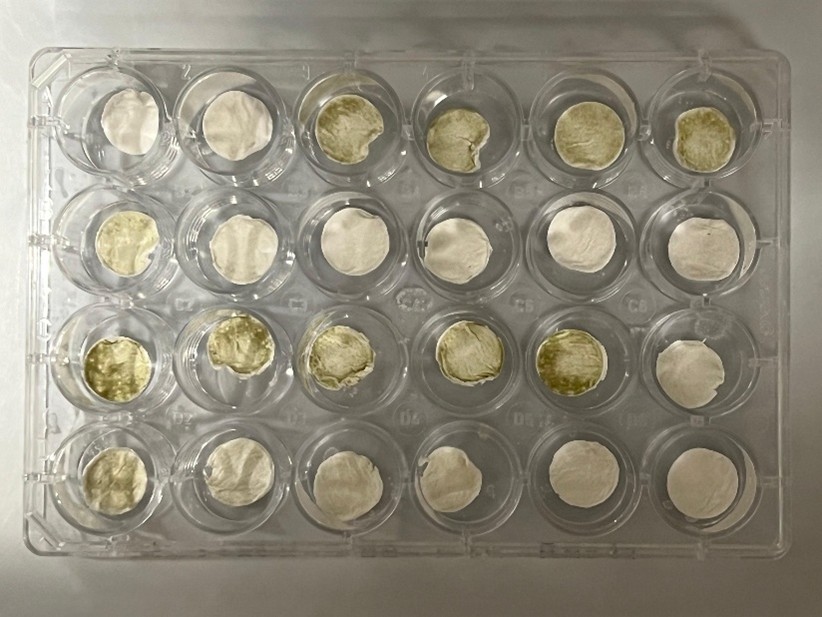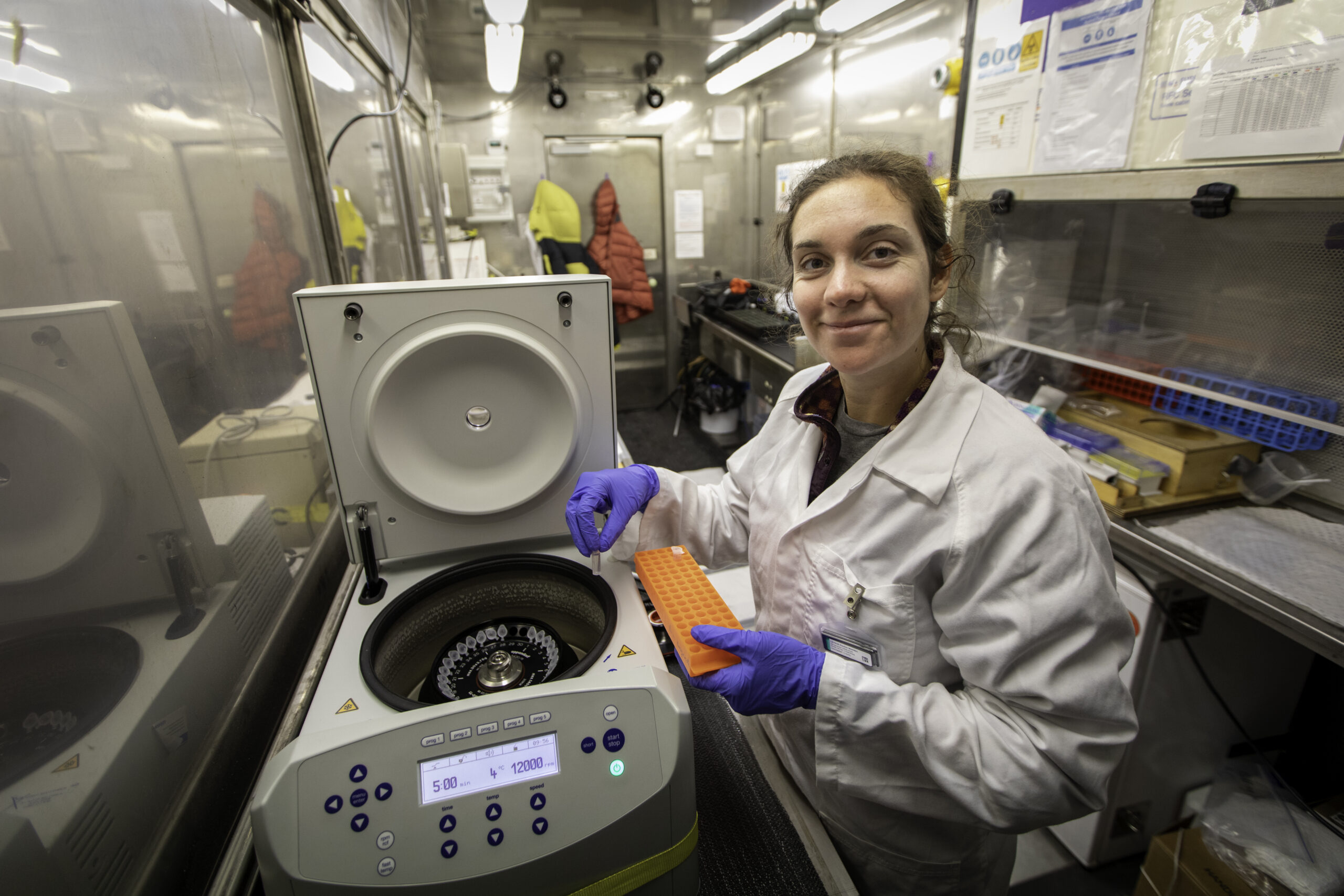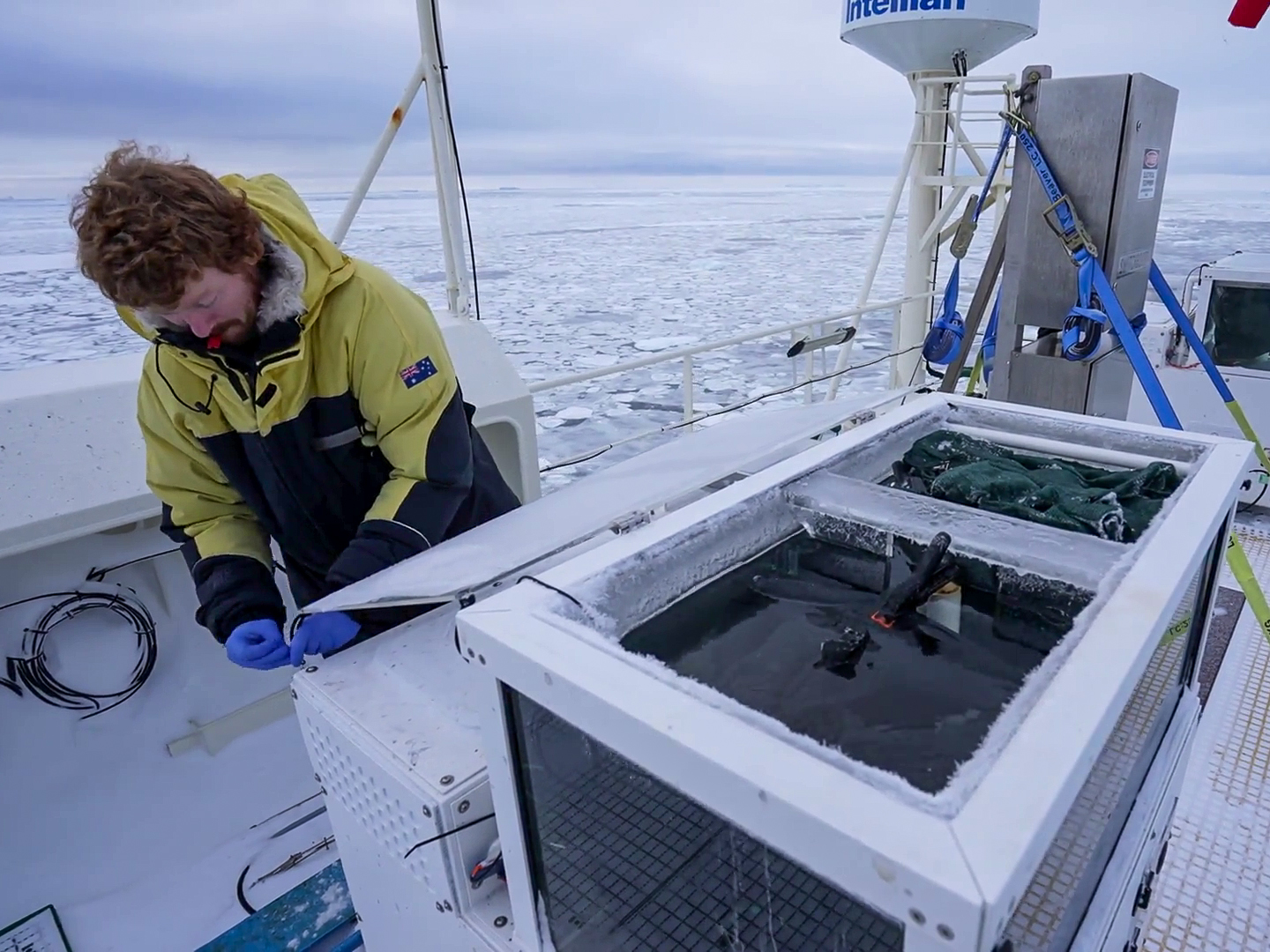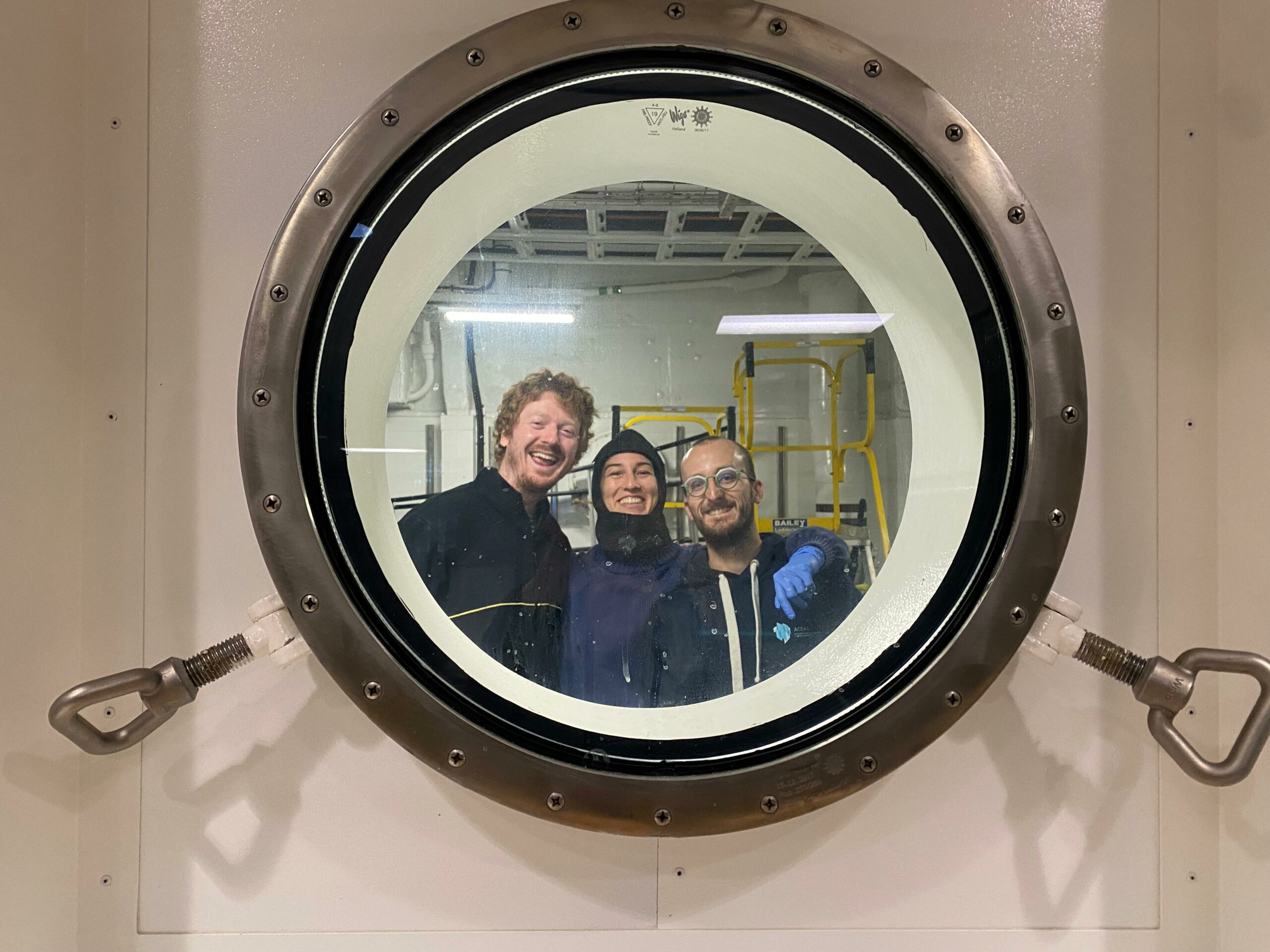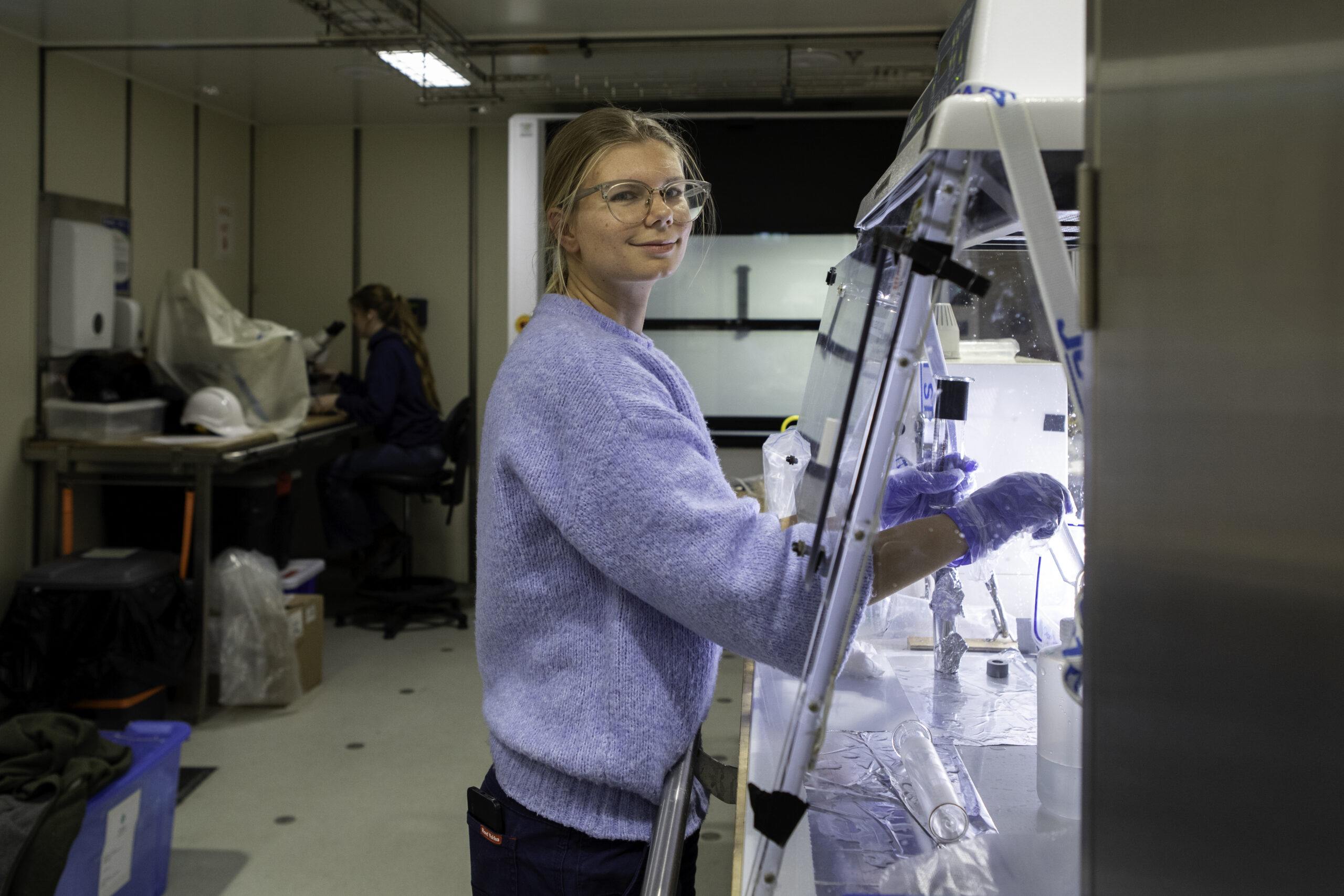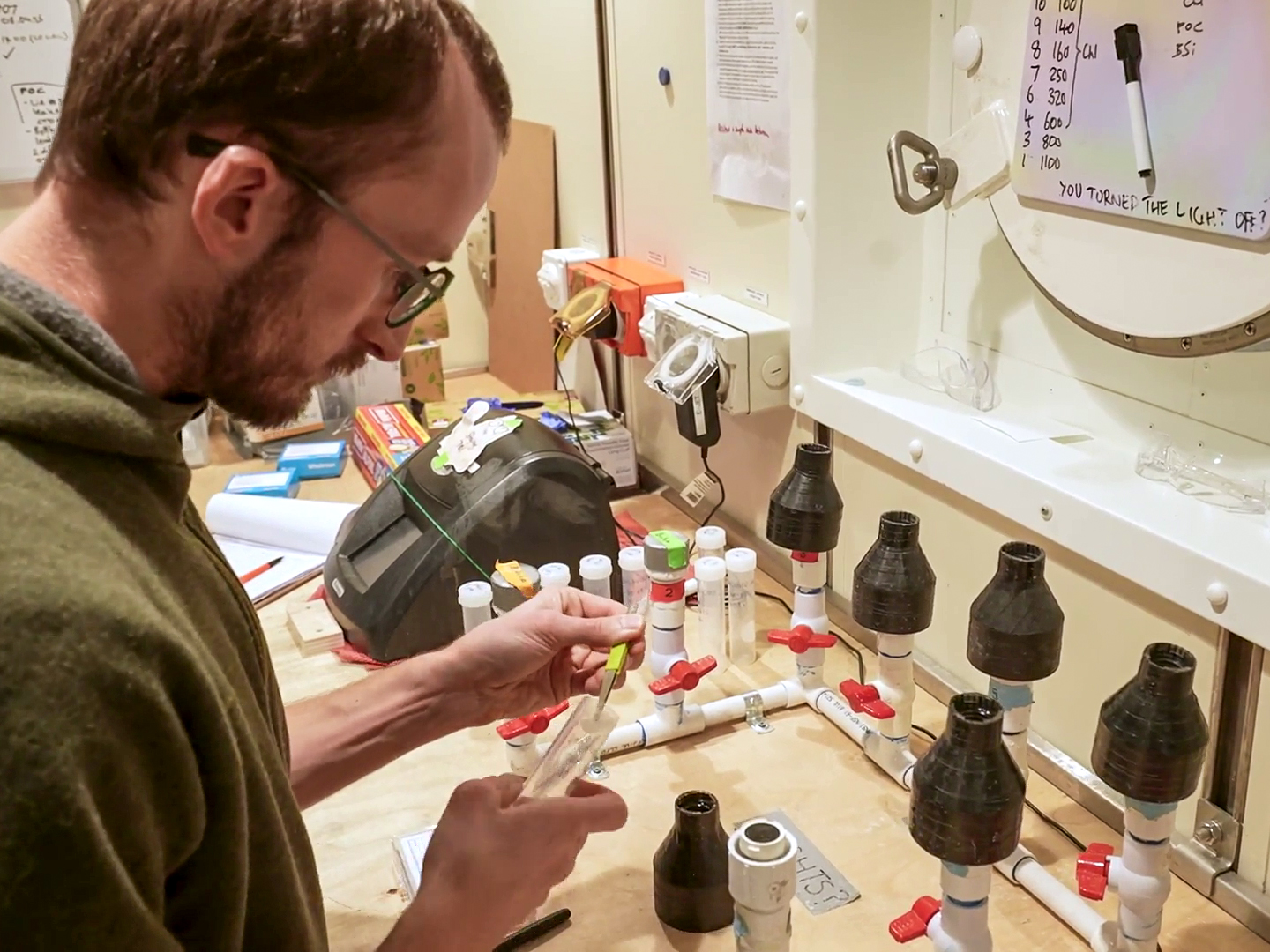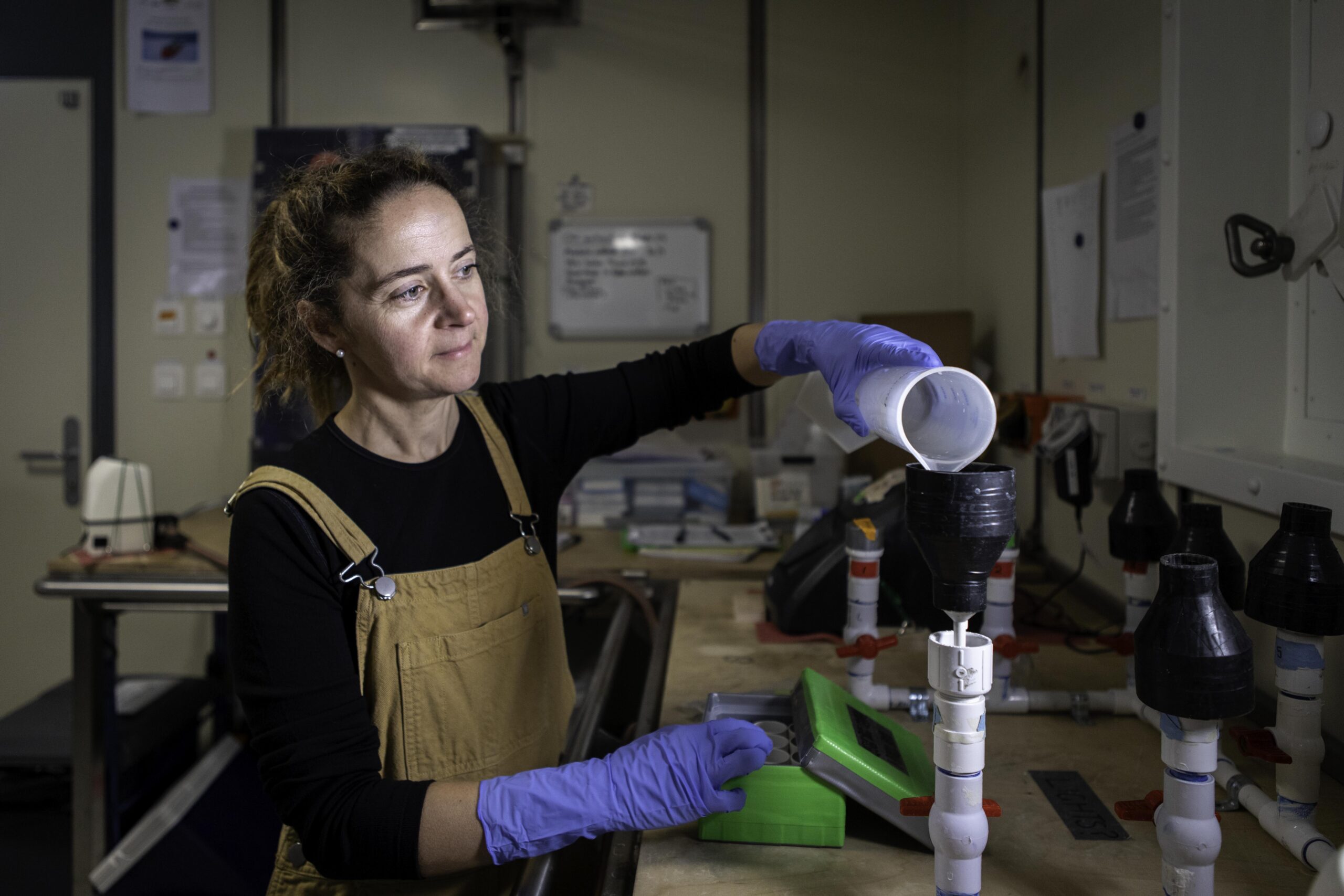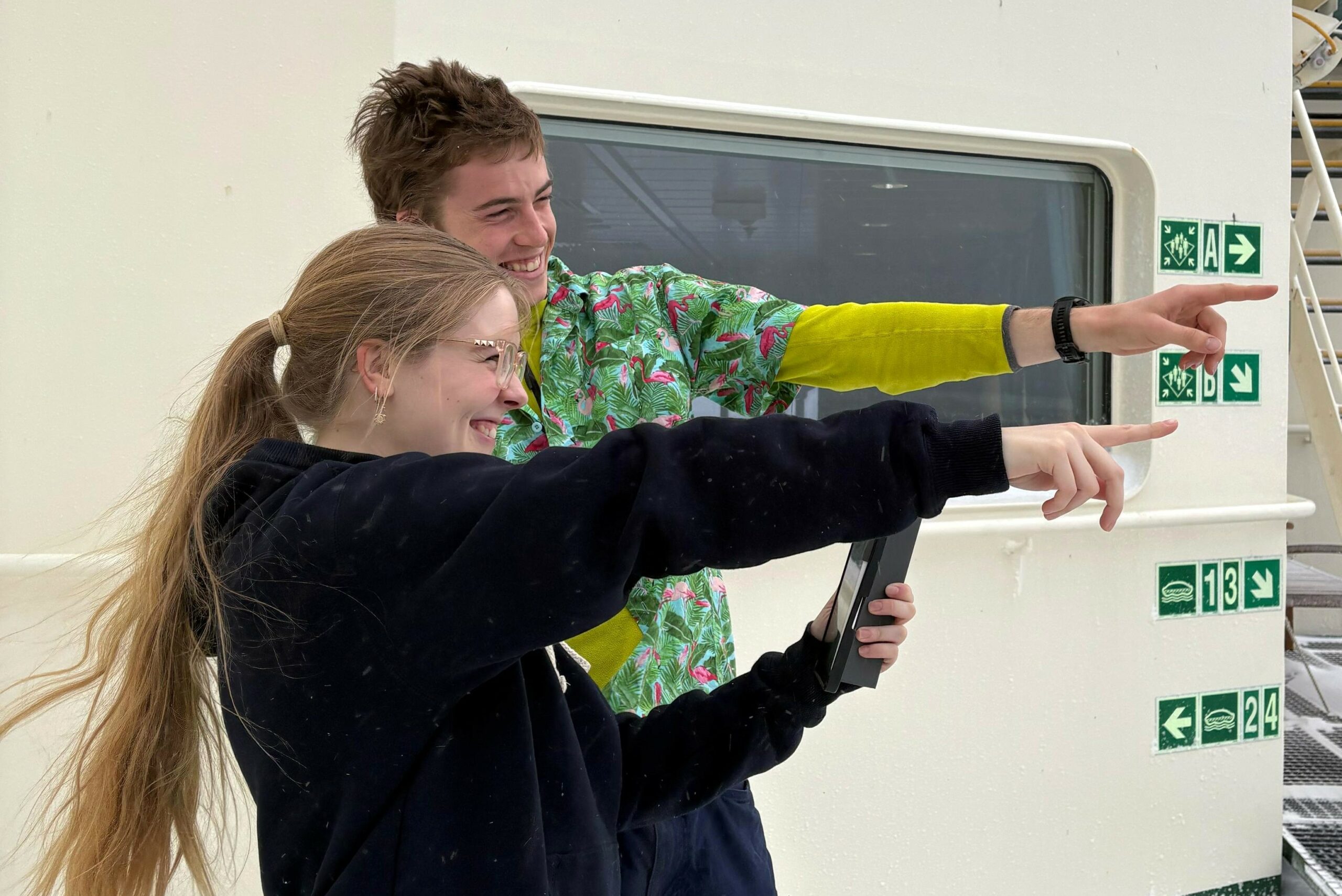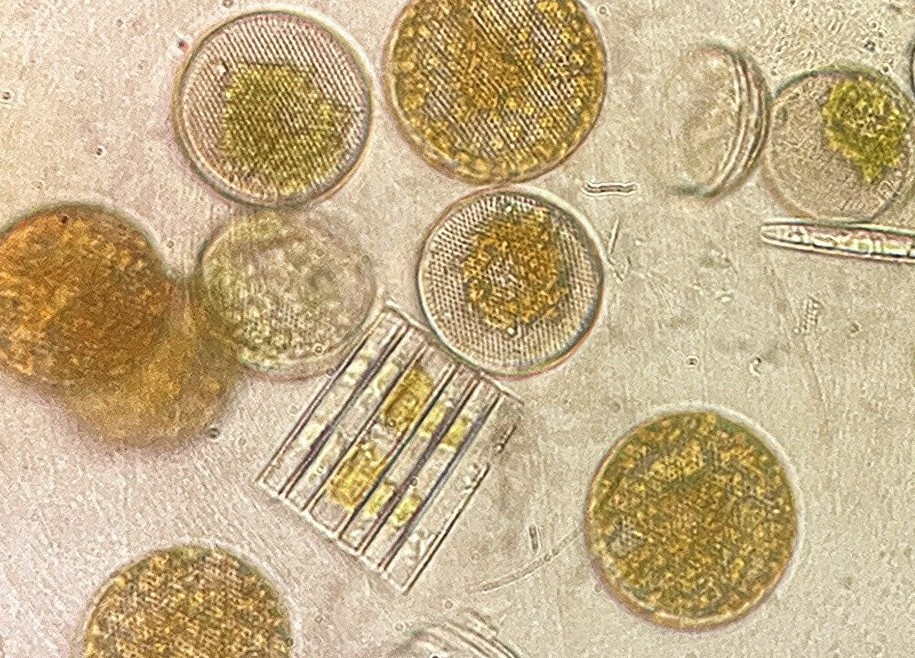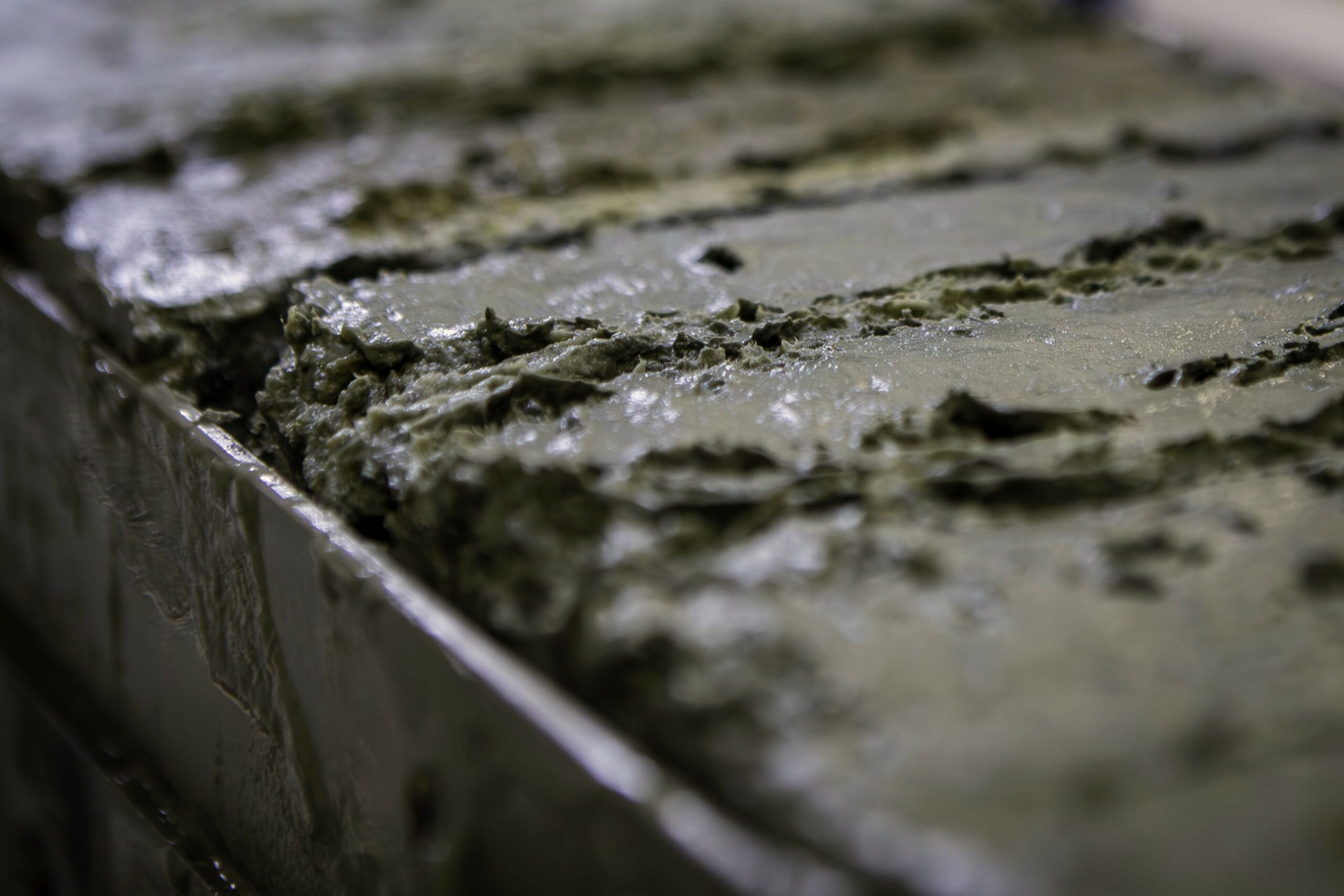Tiny but mighty: microscopic algae to the rescue
By Pauline Latour, Matthew Corkill, Katie Nawrath, Talitha Nelson, Jakob Weis and Delphine Lannuzel
Aboard RSV Nuyina, we’ve travelled through the icy waters along the Denman Glacier and Shackleton Ice Shelf in East Antarctica. Among the amazing science projects, our team’s objective is to study phytoplankton, which are tiny single-celled organisms living at the ocean surface. But don’t be discouraged by the fact that you cannot see them – while too small to see with the naked eye, phytoplankton are an essential component of marine ecosystems. In the ocean, they are the base of most food webs and support the growth of key species like krill, which feed the beloved baleen whales of the Southern Ocean.
What interests us most is that phytoplankton absorb carbon dioxide and release oxygen, just like trees on land (at an even bigger magnitude!). Because of this reaction, phytoplankton transfer carbon dioxide from the surface to the deep ocean, a process which has slowed the accumulation of carbon dioxide in the atmosphere. The Southern Ocean is particularly important on that front, as it absorbs almost 40% of the carbon dioxide taken up by all of Earth’s oceans (through physical and biological processes).
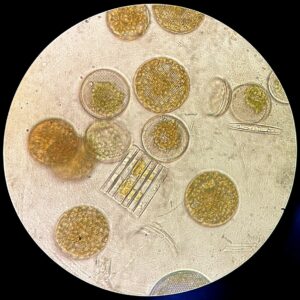
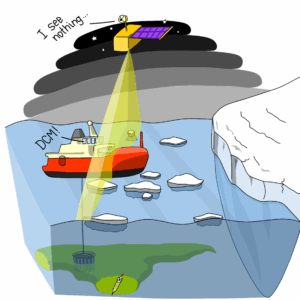
However, phytoplankton do not grow all the time nor everywhere. In the Southern Ocean, their growth is limited by low levels of light and trace metals, such as iron. Like humans suffering from anaemia, phytoplankton does not grow as well as it could when limited by iron (and other metals). This impacts phytoplankton growth and the amount of carbon dioxide they can take up in the process.
Although the major role of phytoplankton in reducing carbon dioxide in the atmosphere is well established, the factors controlling phytoplankton growth are still not fully understood. Satellites can estimate phytoplankton growth in the uppermost layer of the ocean’s surface (no more than 15–20 m deep), but they cannot see phytoplankton hiding deeper in the water column.
To address this, we need to collect seawater samples from the ship, especially in understudied regions like the Southern Ocean and East Antarctica, and particularly in autumn, when scientists rarely venture this far south. The Denman Marine Voyage provides a great opportunity to study phytoplankton growth near two glaciers, at a time of year when sea ice starts to grow, and light becomes more difficult for phytoplankton to harvest. This area near East Antarctica, close to the rapidly melting Denman Glacier, is changing fast due to climate change, and it is important to collect as much data as possible to better understand these changes.
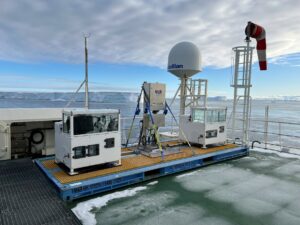
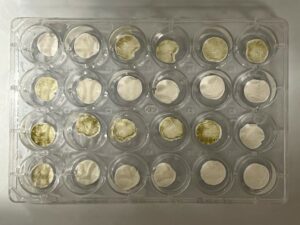
To understand phytoplankton growth in this region, we collect seawater at specific locations (and depths). We use a wide range of tools to study phytoplankton, including Fast Repetition Rate Fluorometry – which involves shining a light of specific colour and measuring the fluorescence response of phytoplankton – to see how well they photosynthesise. This gives us an idea of how ‘healthy’ the phytoplankton are.
We filter many sets of samples to gain a better understanding of what type of phytoplankton is present, their quantity and what they represent in terms of carbon content. To take things one step further and understand what factors are controlling phytoplankton growth, we also manipulate the algae by cultivating samples in deck board incubation tanks. This allows us to modify their growth conditions by changing the light, the metal content or metal availability for phytoplankton growth.
It is only by combining these different sets of measurements that we can understand what is controlling phytoplankton growth. This work is essential to help predict how phytoplankton growth will change as our oceans become warmer, fresher, less icy, more acidic and less oxygenated in the future.
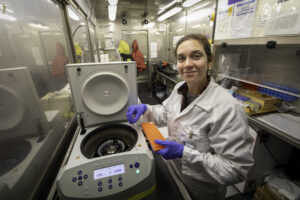
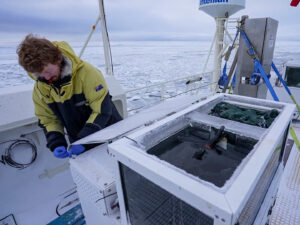
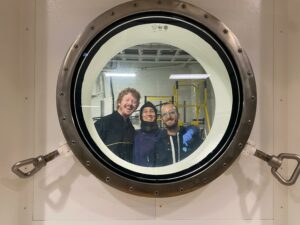
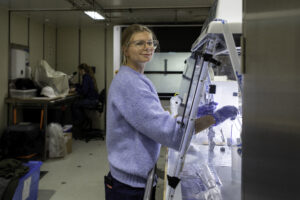
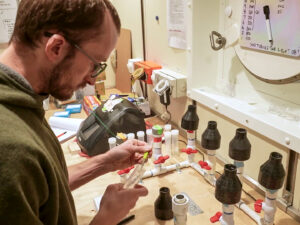
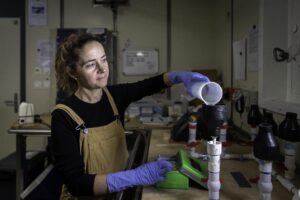
—
The Denman Marine Voyage is a scientific collaboration between the Australian Centre for Excellence in Antarctic Science (ACEAS), the Australian Antarctic Program Partnership (AAPP), Securing Antarctica’s Environmental Future (SAEF) and the Australian Antarctic Division (AAD).
